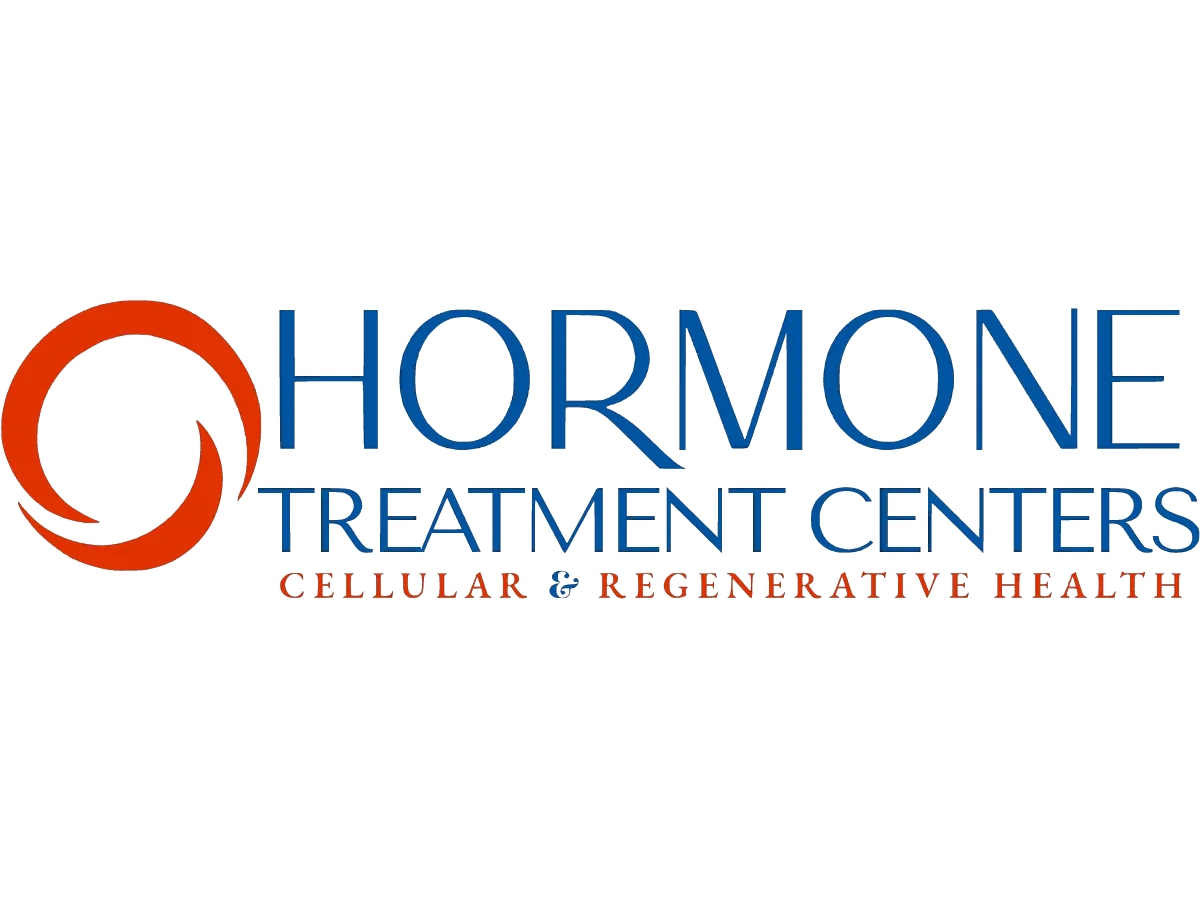Therapeutic Phlebotomy
Therapeutic phlebotomy is a physician-directed procedure that removes a prescribed amount of blood to manage specific medical conditions such as hemochromatosis, polycythemia, and porphyrias. It helps reduce excess iron or blood volume, improving long-term health outcomes.

What Are the Requirements for Therapeutic Phlebotomy?
A physician order including the amount of blood to be withdrawn, the frequency of donation, and the desired hemoglobin level are required. A health history and mini-physical are done, and consent for phlebotomy is given.
The maximum amount of blood that can be withdrawn within a 24-hour period is either 500 mL or 10% of the patient’s blood volume, whichever is smaller. Furthermore, the patient must sign a Request for Therapeutic Phlebotomy form before undergoing the treatment.
Note: A signed Request for Therapeutic Phlebotomy form must be signed by the patient prior to treatment.

What Are the Requirements for Therapeutic Phlebotomy?
A physician order including the amount of blood to be withdrawn, the frequency of donation, and the desired hemoglobin level are required. A health history and mini-physical are done, and consent for phlebotomy is given.
The maximum amount of blood that can be withdrawn within a 24-hour period is either 500 mL or 10% of the patient’s blood volume, whichever is smaller. Furthermore, the patient must sign a Request for Therapeutic Phlebotomy form before undergoing the treatment.
Note: A signed Request for Therapeutic Phlebotomy form must be signed by the patient prior to treatment.
What is Therapeutic Phlebotomy? And Why?
A prescribed amount of blood is withdrawn for medical reasons in a therapeutic phlebotomy. The patient’s physician must provide a written order that specifies the date and the amount of blood to be drawn.
Testosterone Replacement Therapy (TRT) can sometimes cause secondary erythrocytosis — an increase in red blood cell count and hematocrit levels. While this response is part of testosterone’s natural stimulation of red blood cell production, excessively high levels can thicken the blood, increasing the risk of headaches, fatigue, or cardiovascular strain.
To mitigate this, we perform therapeutic phlebotomy, a controlled removal of a small amount of blood — similar to donating blood. This helps maintain optimal hematocrit levels, improving circulation, reducing risk, and ensuring TRT remains safe and effective long term.
What is Therapeutic Phlebotomy? And Why?
A prescribed amount of blood is withdrawn for medical reasons in a therapeutic phlebotomy. The patient’s physician must provide a written order that specifies the date and the amount of blood to be drawn.
Testosterone Replacement Therapy (TRT) can sometimes cause secondary erythrocytosis — an increase in red blood cell count and hematocrit levels. While this response is part of testosterone’s natural stimulation of red blood cell production, excessively high levels can thicken the blood, increasing the risk of headaches, fatigue, or cardiovascular strain.
To mitigate this, we perform therapeutic phlebotomy, a controlled removal of a small amount of blood — similar to donating blood. This helps maintain optimal hematocrit levels, improving circulation, reducing risk, and ensuring TRT remains safe and effective long term.
How Often Can Therapeutic Phlebotomies be Performed?
As often as every few months may be needed to improve the symptoms of the blood disorder. Phlebotomies may be scheduled on a regular basis, such as every 4 months, or as needed in response to the symptoms of the disease after the initial desired results are reached.
How Often Can You Have a Therapeutic Phlebotomy?
As often as every few days may be needed to improve the symptoms of the blood disorder. Phlebotomies may be scheduled on a regular basis, such as monthly, or as needed in response to the symptoms of the disease after the initial desired results are reached.
What Diseases are Treated with Therapeutic Phlebotomy?
Hemochromatosis is a condition that affects how the body utilizes iron. The body absorbs an excessive amount of iron from the foods we consume. This surplus iron gets stored mainly in the liver, pancreas, and skin, resulting in cirrhosis of the liver, diabetes, an enlarged heart with congestive heart failure, irregular heartbeats, and increased pigmentation of the skin.
Polycythemia is characterized by an elevation in both the number of red blood cells circulating in the body and the total volume of blood.
Porphyries are metabolic disorders that involve hepatosplenomegaly (enlargement of the liver and spleen), photosensitivity (sensitivity to light), pigmentation changes, and the presence of distinct red coloration in the urine.
What Diseases are Treated with Therapeutic Phlebotomy?
Hemochromatosis causes the body to absorb too much iron, which then builds up in the liver, pancreas, and skin. This can lead to liver cirrhosis, diabetes, heart problems, and skin discoloration.
Polycythemia involves an increased number of red blood cells and total blood volume, which can affect circulation and heart function.
Porphyrias are metabolic disorders marked by liver and spleen enlargement, light sensitivity, skin pigmentation changes, and red-colored urine.
Copyright 2025. Hormone Treatment Centers. All Rights Reserved.
Cookie Policy I Privacy Policy I Terms of Service
Copyright 2025. Hormone Treatment Centers. All Rights Reserved.




